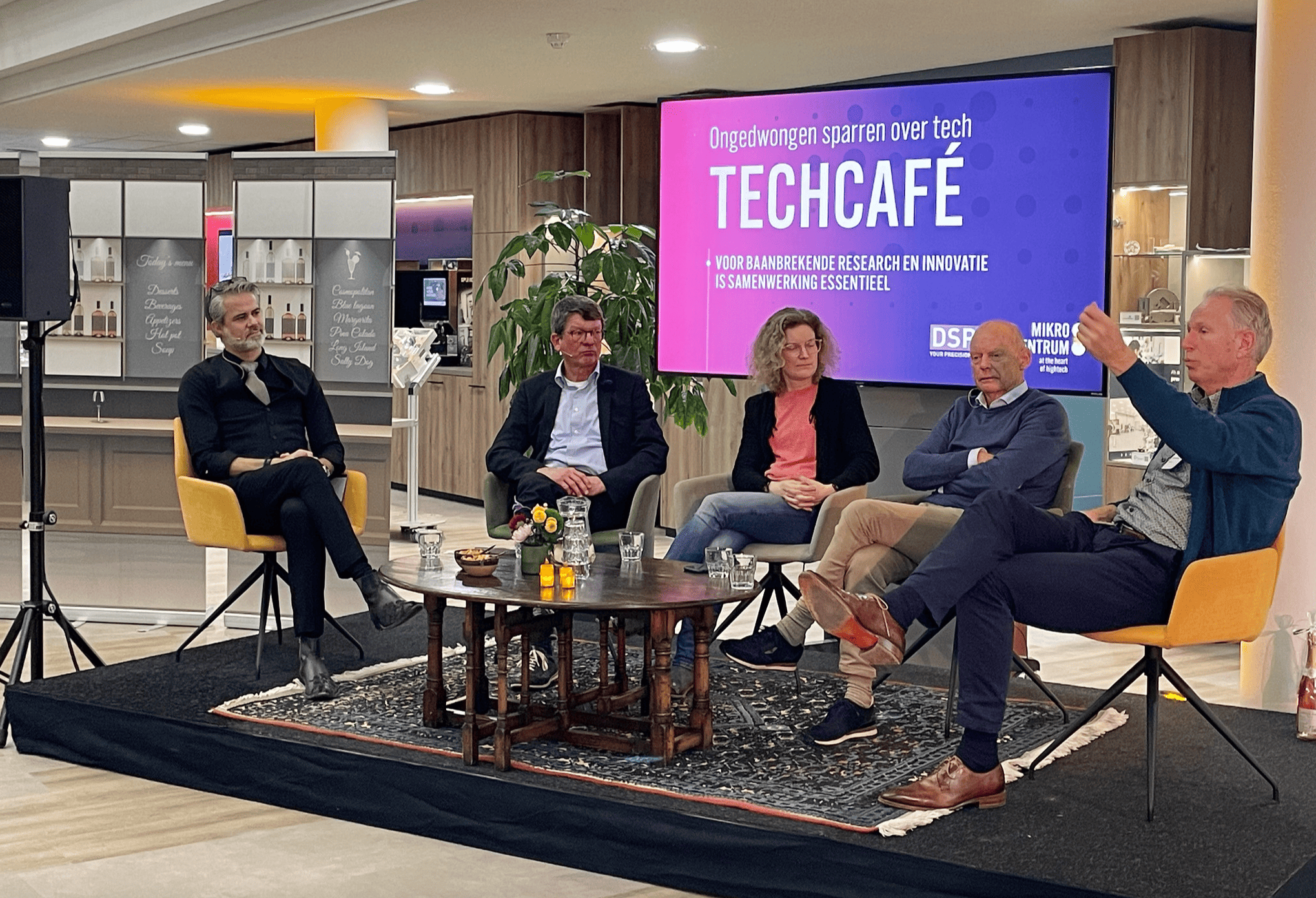
 Yvonne van Hest is responsible for the PEOPLE domain as Program Director at Brainport Development. In the coming period, she will write a number of columns on regional developments, backgrounds and trends in education and the labour market.
Yvonne van Hest is responsible for the PEOPLE domain as Program Director at Brainport Development. In the coming period, she will write a number of columns on regional developments, backgrounds and trends in education and the labour market.
Last weekend, I read the new McKinsey research about the participation of women in the Dutch labour market. Conclusion: we in the Netherlands are lagging behind, far behind even compared to other Western countries. The Netherlands is the country with the most part-time working women in Europe. We have relatively far too few women in top positions, women’s salaries lag behind those of our male colleagues and we have the fewest female technology students. A development that also affects our region and to which, in my opinion, we should pay more attention.
Well, you could say: it is a good thing that we can afford to work part-time. Maybe we can do something about these salary differences, extra technical promotion, but further: what are we concerned about?
I do think that we should all be concerned about this. And I hope more people will join me. Why? For several reasons:
- We have a growing shortage of personnel, in tech & IT, and also in so-called ‘women’s professions’ like care and education – very important jobs.
- I believe that women are different managers than men and that a better representation of women in top positions also pays off socially.
- The research shows that many part-time working women do not earn enough to be self-employed. That’s really out of time.
And now, of course, the question is: how are we going to solve this? Well, I thought about that and formulated a number of possible solutions and answers (my opinion!) to it:
By better educating our inflexible husbands. Because they all want to make a career so desperately, we women have to ‘sacrifice’ ourselves.
Answer 1
Sometimes this will be the case indeed, but if this is the only solution, ladies, then we really mistreat ourselves.
Solution 2
By making childcare more affordable.
Answer 2
Yes, we have to lobby hard for affordable childcare. It is, I think, part of a solution, but we can not hide behind it completely.
Solution 3
A quota for women in top positions: compulsory 50% of the top jobs are for women.
Answer 3
I have my doubts about this. There is certainly some good in it, it seems to work in Norway. But I still keep the feeling of ‘being excused’.
Solution 4
Employers take responsibility and equalise the salaries of men and women.
Answer 4
Take action right away!
Solution & Answer 5
To be honest, I think that the answer lies mainly with us women. I say this as a full-time working mother. We want to ‘keep all the balls in the air‘, get a job without losing control at home. We expect this from ourselves, but also from our female friends and neighbours. How often does a father who works full-time get the question “what do you do with your children?” I got that question regularly when my children were young. And the answer “my husband is very often at home. He is a better cook and vacuum cleaner than me”, was not enough. Because then you’re not a good mother. Say honestly: do you not think you fail as a mother when your children have to ask daddy where their socks are hidden? Or if you come home at 19.00 in the evening and hear that daddy has comforted your son because of a bruised knee?
No dear ladies, of course, we do not fail! We should do what our men do and realize that we simply can’t do everything and that we really don’t have to (except for those couple of Superwomen).
Mind you, I’m not saying that we all have to start working full-time now.
But I do ask you, ladies, to go and see if you can do just that little bit more. McKinsey says: if we all work 1 hour more every week, our shortages would theoretically be solved. Come on, let’s go crazy and make it two hours. Okay, then you could miss an hour per week to cook and for your yoga. But look at it like this: you help society and that’s a good thing for everybody, isn’t it?
Girl power!
Photo: Women in Tech, High Tech Campus Eindhoven







